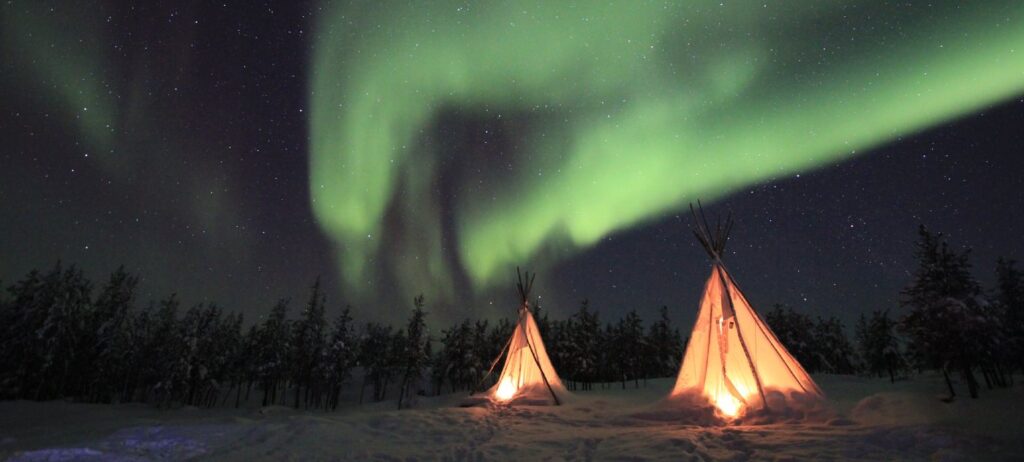
Epitomizing the old adage of “where there’s smoke, there’s fire,” a group of volunteers and scientists in Finland have set out to prove or disprove that the aurora borealis, or northern lights, make sounds.
For hundreds of years reports of sizzling, cracking, or whooshing sounds abound, especially from Indigenous people living in the Arctic, but also from non-Indigenous people living in Canada, Finland, and other northern countries.
A belief among some groups of Canadian First Nations is that the aurora consists of the spirits of their ancestors, and the noise is their singing.
However, very little science exists which would suggest that the solar radiation moving in the magnetosphere is capable of producing anything more than visuals of famous green, pink, and purple lights.
MORE: Jaw-Dropping Footage of Northern Lights Pulsing Across Entire Canadian Sky–With Southern Lights, Too
But just as there’s a line of reasoning among people who look for species presumed extinct that if so many people are reporting sightings, there must be something there, one scientist figures that for years people have described sounds coming from the aurora, so it’s at least worth exploring the possibility.
Auroral Acoustics
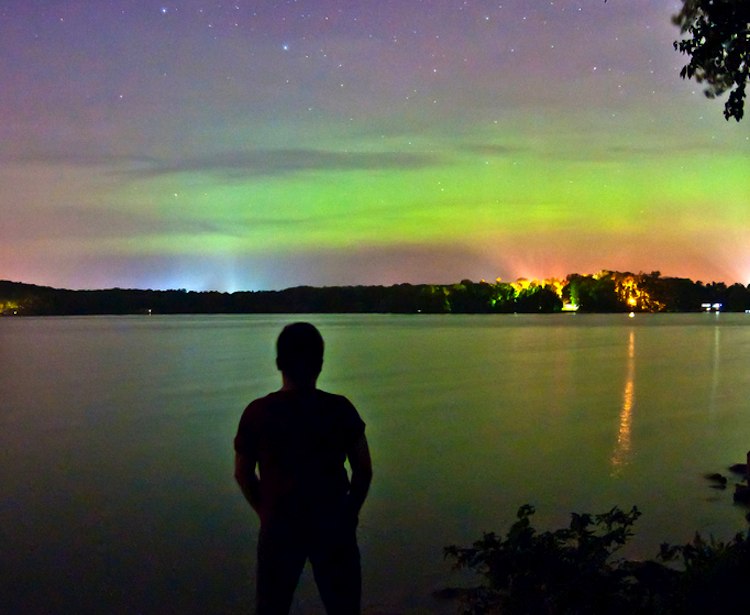
A professor in acoustics at Finland’s Aalto University, Unto Laine, who himself heard slight sounds while watching the northern lights in remote Lapland, looked at the mountain of anecdotal reports and sought to construct a hypothesis that might explain them.
He came up with the idea in 2016 that the sounds were electrical discharges resulting from a “temperature inversion,” which happens when cool air, rather than floating above the earth, clings to the ground, and when warm air which normally radiates near the level of dirt, rises to cover the cold air at altitudes around 60-400 meters—a reversal of their normal positions.
When this warm air rises, it carries negatively charged electrons with it to the bottom of the inversion. The field of static electrical potential expands up towards the sky and down towards the earth, and as the northern lights bombard the magnetosphere with positively charged electrons, they coalesce at the top of the inversion.
RELATED: See the Stunning Winners of the Northern Lights Photographer of the Year Competition
“I tested it with two hours of material I recorded in Fiskars in 2013,” Laine wrote in his university press. “The model fitted the hypothesis beautifully and at the same time gave the height of the inversion layer more precisely at 78–80 meters.”
This would at least explain why the sounds are described as “sizzling” by one First Nations photographer, and of “bubbles popping” by Laine himself, as well as why plenty of people never hear anything when standing under the aurora—since if there were no temperature inversion the electrical conditions would be absent.
The data was gathered by Laine over nearly two decades with a setup of three microphones recorded over certain periods, but now his research has inspired a new citizen science project at the Hankasalmi Observatory in Jyväskylä, Finland that will record potential aurora sounds 24 hours a day with four microphones.
The project was funded by 200 separate donors, as well as a science grant from the EU.
“We are trying to hear the same sound with three or four microphones located a few meters apart,” said Arto Oksanen, the observatory’s president. “By measuring the time delay in each recording, it is possible to calculate the three-dimensional position of the sound source—or at least the direction to the sound source.”
CHECK OUT: Star-Gazer Reveals Stunning Pictures of Space He Takes From His Back Garden
This would allow researchers to place a distance on the genesis of the sound, and to a large part would help prove or disprove Laine’s theory. We’ll be sure to keep you updated on the eventual findings of this intriguing project.
(LISTEN for claps in the northern lights video below.)
SHARE This Story With Other Aurora Fans on Social Media…



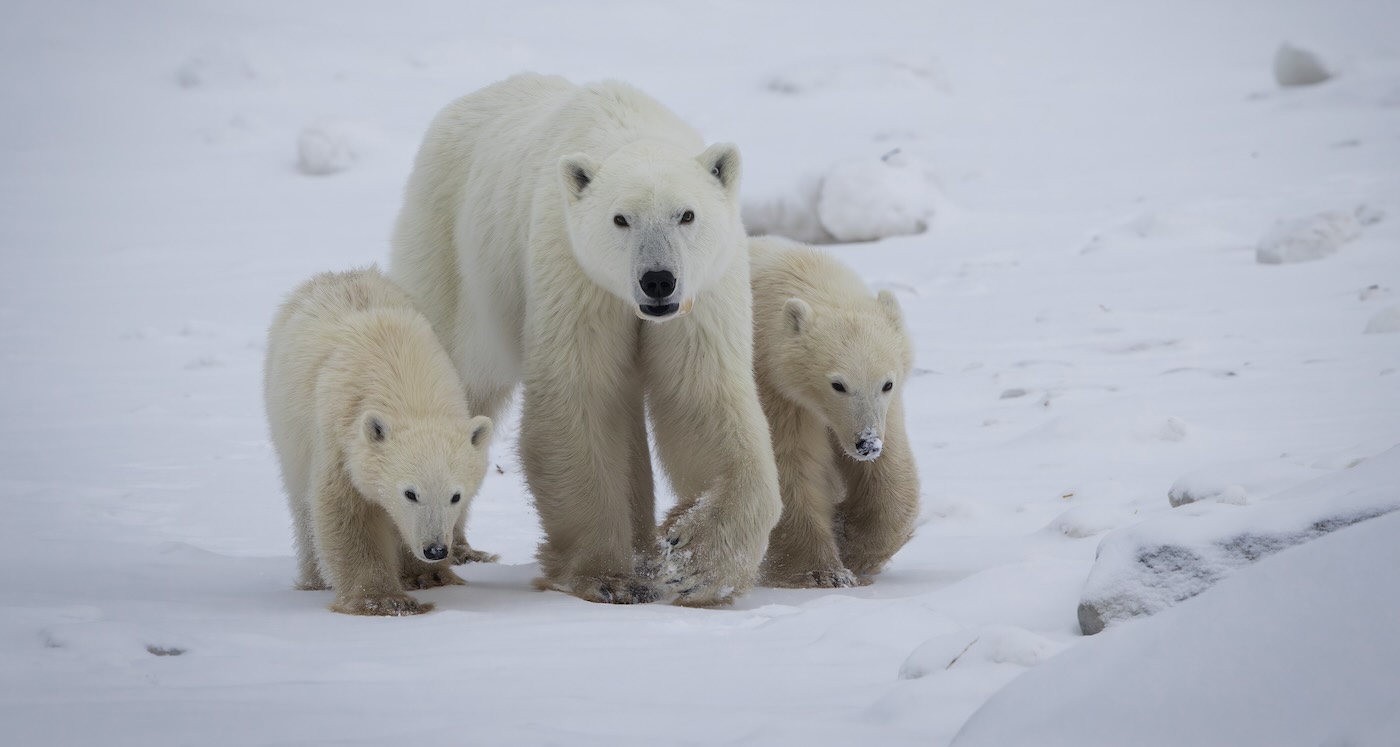
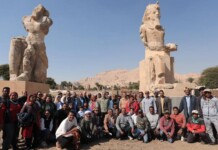















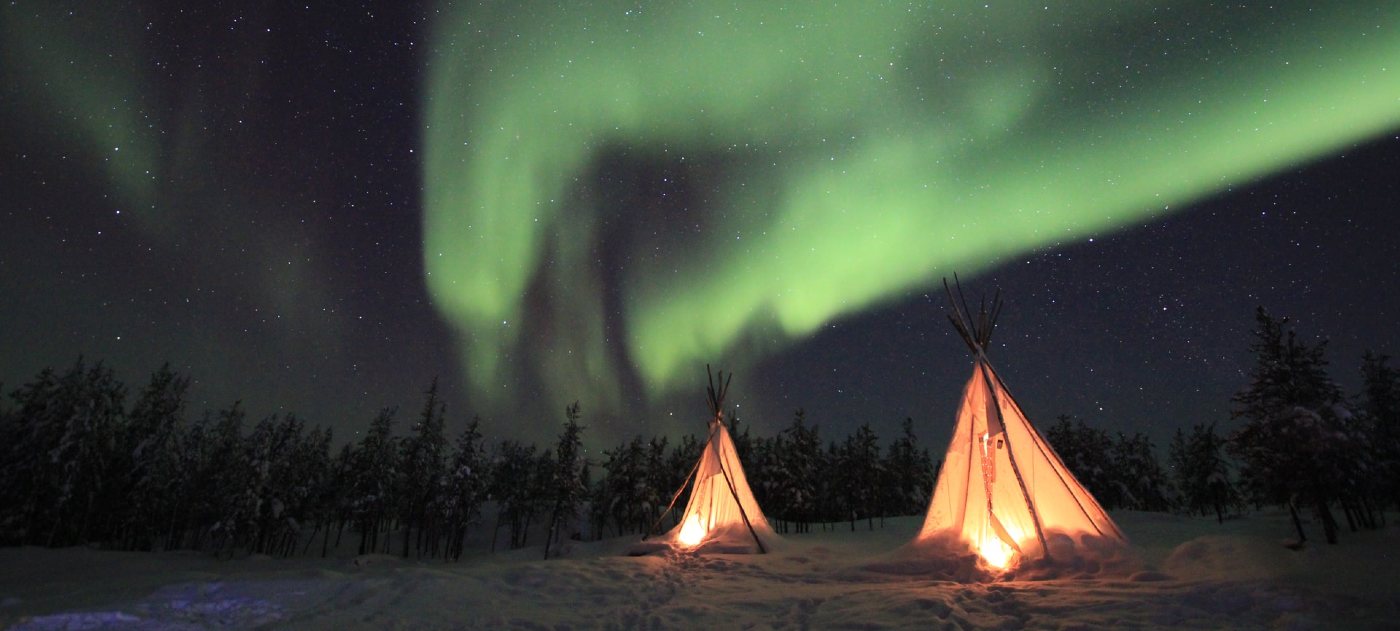
Finally! More coming to light, validating my experience with auroras so long ago!
Only heard it once, way back in spring, 1956, out along the highway, I did ..Hear.. them—tho not like what others have described—still waiting for that.
We were poor; cot surfing between relatives. My cousin & I had cots by the front window of the modest 2-story building by old Glen Highway in Chugiak, which had likely been a live-above store once upon a time; the 4 of us rented the one room downstairs. I had to learn to cross what seemed a fearsome busy road, in deep slush to the school across the road.
One night in spring, that deep slush still on the ground, we’d no sooner gone to sleep, than mom & auntie woke us abruptly, sharply telling us to grab blankets, boots, & come outside, NOW!!
We thot the pot belly stove had caught the place on fire…& skedaddled outside.
Outside felt unnaturally still, except for…
When we looked up, there were full spectrum Technicolor lights in whisps, billows, jiggings, roilings, dancing & weaving across the sky—everywhere! Streaks of some clouds reflected the moving colors, & sharp points of stars glimmered far beyond in a very deep night sky, despite the street lights.
Eerily lit by auroras, those old streetlights were overpowered.
But most enchanting were the sounds like tinkling glass crystals in a range of tones, keeping time with the aurora’s intricate dancing. There were only a few whooshes, claps or whistles to it, like punctuations; it was mostly the music of tinkling crystals accompanying the remarkable, full spectrum, jigging, billowing, turning, tumbling, streaming Aurora spreading across the night sky; fairy music for the magical lights to dance to!
My scientific brain later thot it must have been clouds of ice crystals high in the atmosphere, stirred by solar winds.
Well, maybe.
But my magical mind always knew, it was the work of The Higher Spirit, directing the fairies’ processions, en masse, drawing warmth northward, their dancing ceremonies pulling warmth up with them along the way, bringing burgeoning summer life back up to the northern territories, & releasing winters’ ice blankets to fill rivers, & give way to lush green again!
And for sure—how Ever could they have done such a grand job of that, if not for the fairy ice crystal symphony to help them do it? It was a memory of a lifetime!